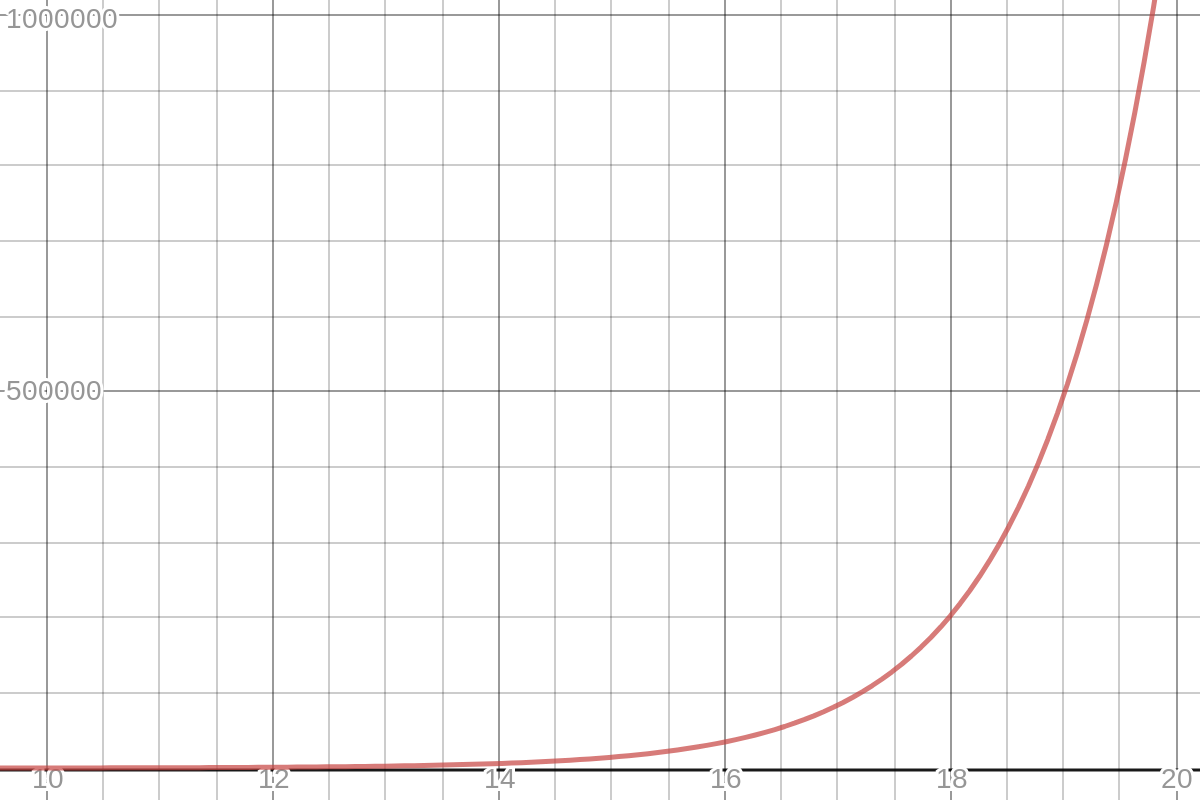I'm reading CLRS and there is the following:
When x→0, the approximation of $e^x$ by $1+x$ is quite good: $$e^x=1+𝑥+Θ(𝑥^2)$$
I suppose I understand what means this equation from math perspective and, also, there is an answer in another cs question. But I don't understand some things, so have a few questions.
- Why do they use $Θ$ here and why do they use $=$ sign?
- Is it possible to explain how the notation here is related to the author's conclusion that $e^x$ is very close to $1 + x$ when $x \rightarrow 0 $?
- Also, how is it important here that $x$ tends to $0$ rather than to $\infty$ as we usually use asymptotic notations?
I'm sorry if there are a lot of questions and if they are stupid, I'm just trying to master this topic.


